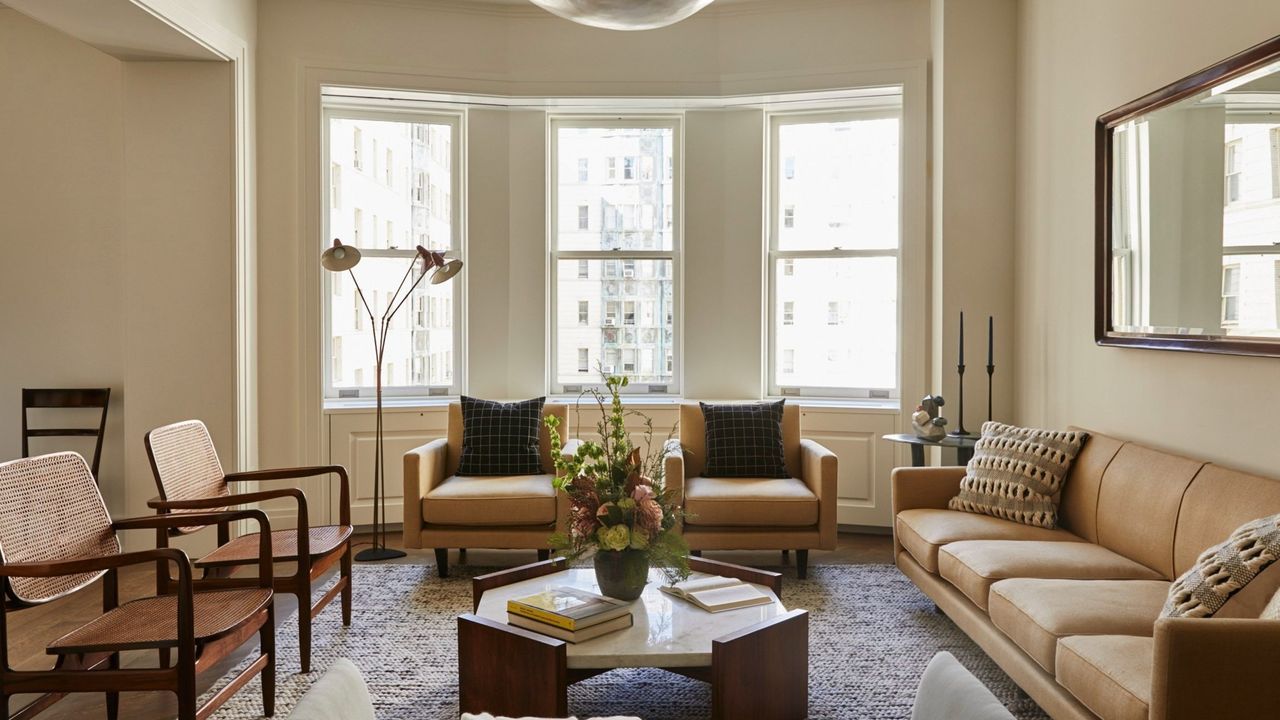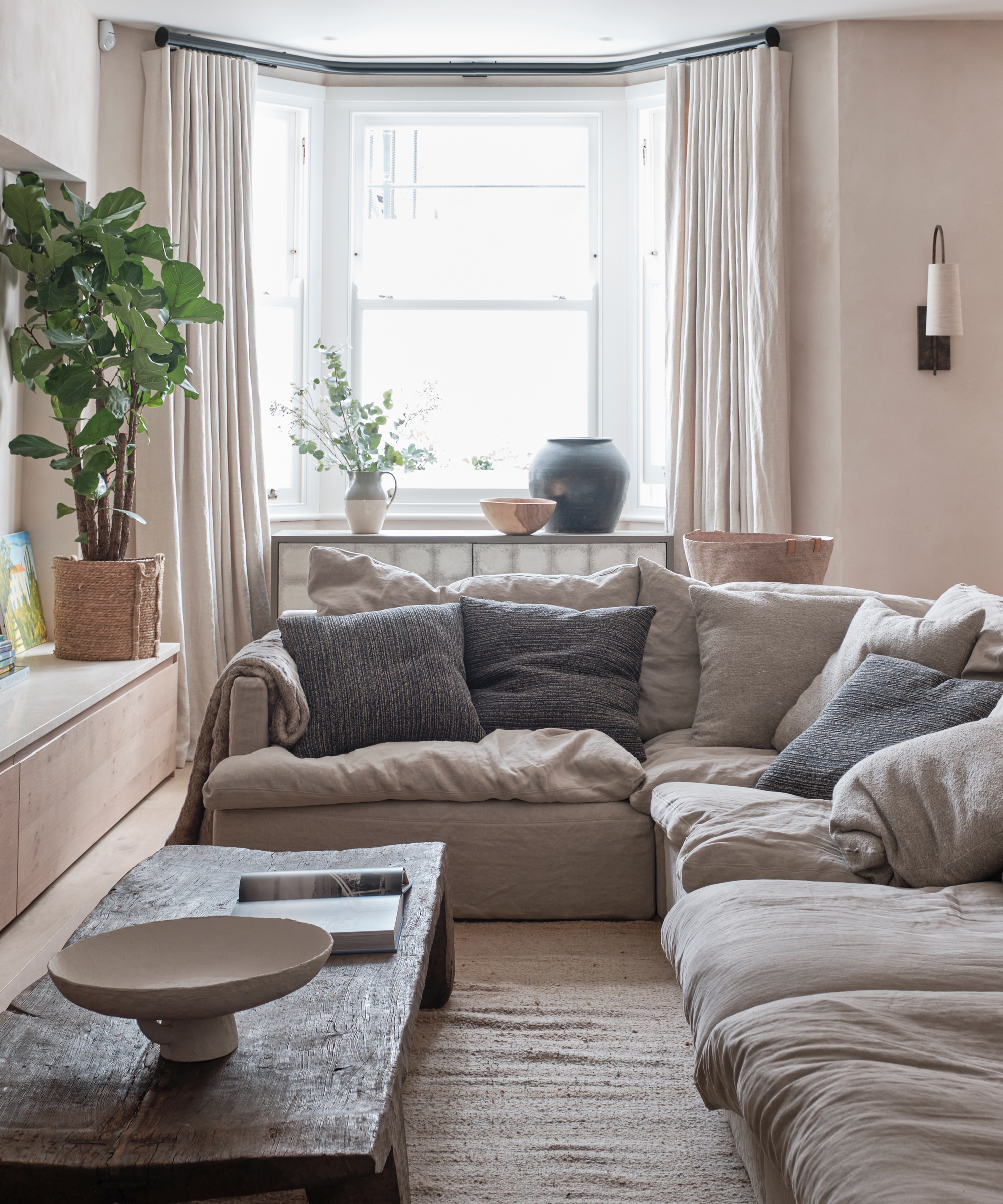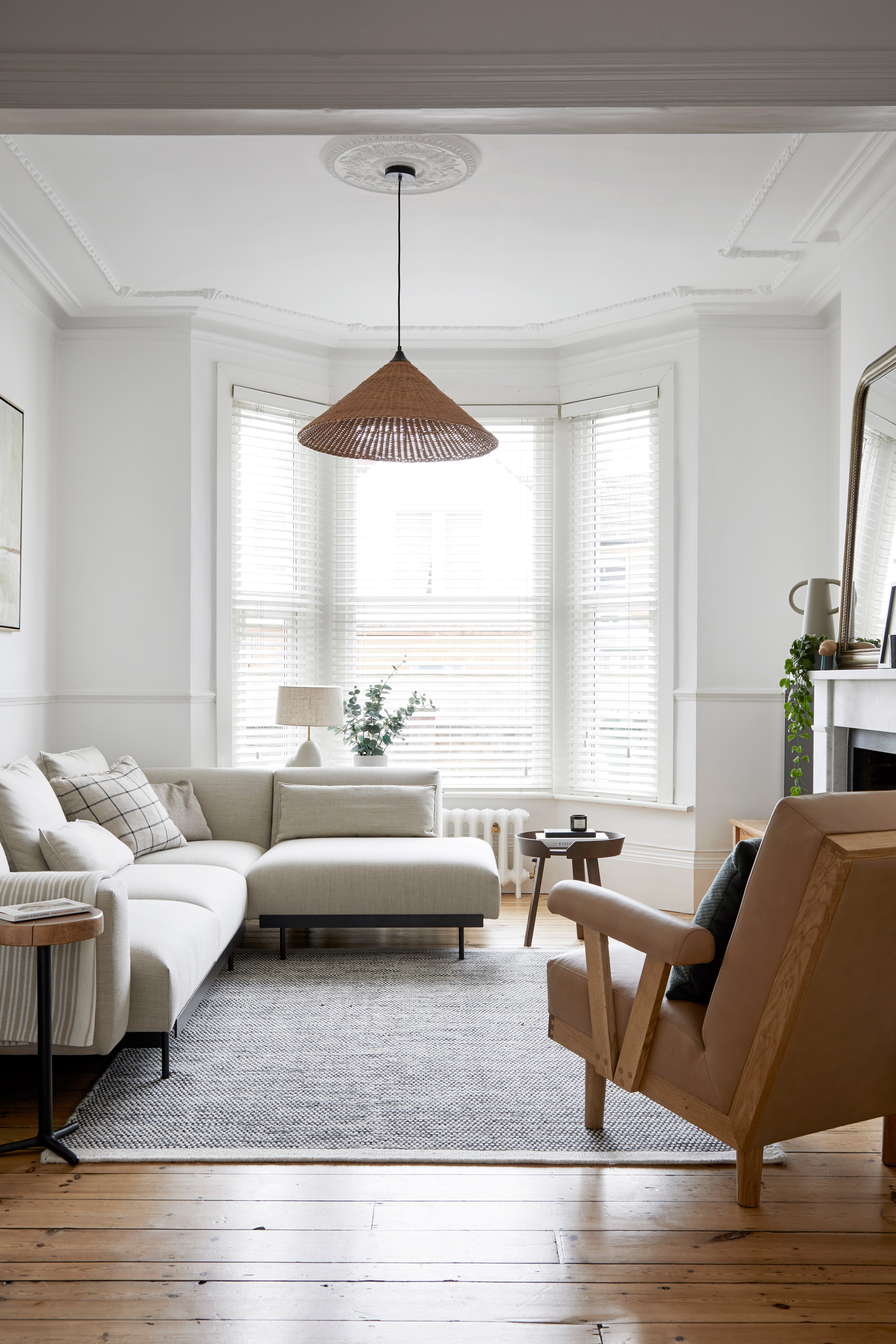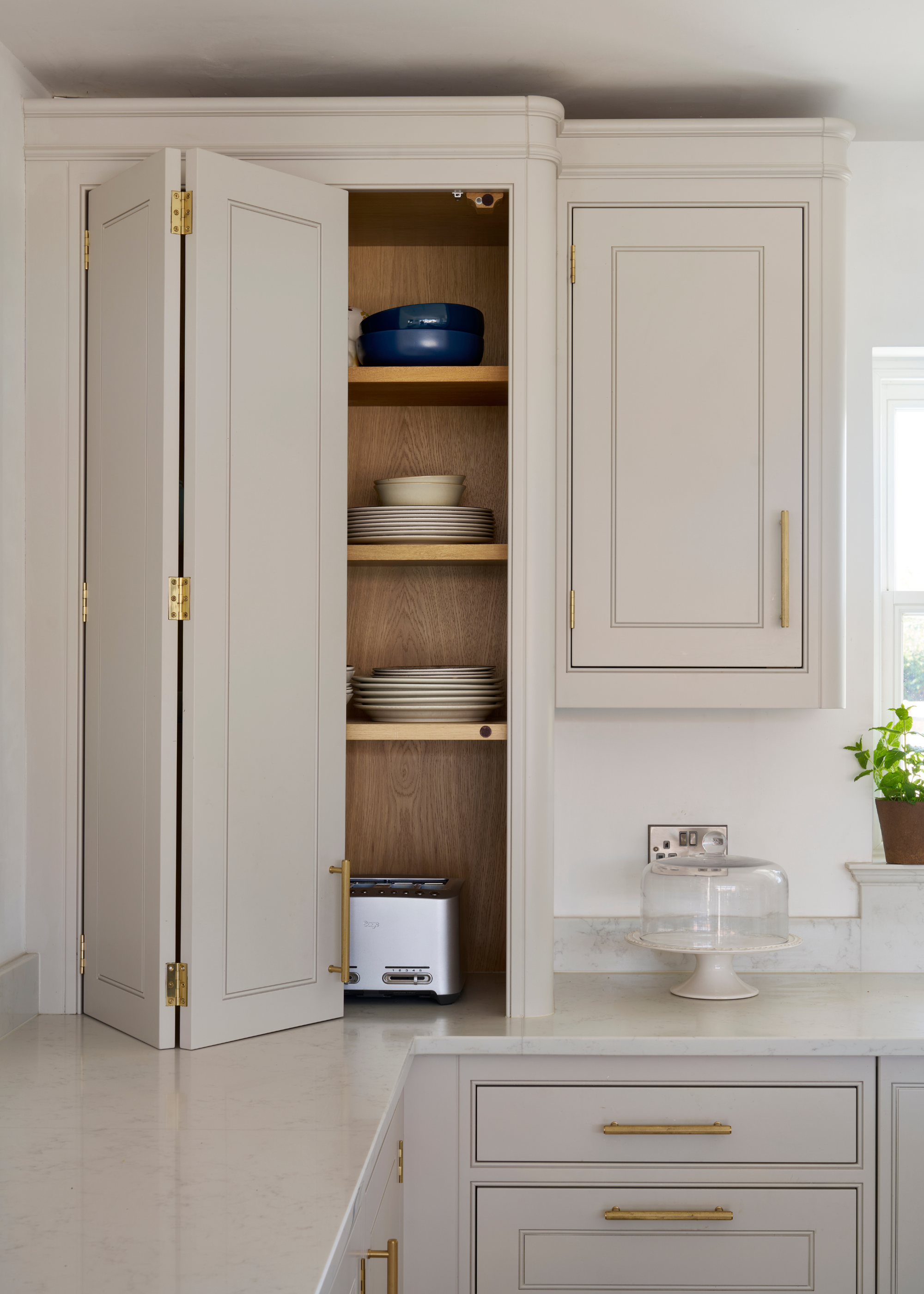
Painting a room a new color doesn't come without a bit of reflecting and ruminating. Maybe you know for a fact you want to cover up the gloomy, dated gray taking up space on your walls, but what comes next? If you move on too quickly, you may find yourself back at square one, flipping through a stack of swatches to cover up the latest painting mistake.
Slow down and take a deep breath; you don't have to have the perfect color figured out immediately to cover up what's currently on the walls. How, you ask? Paint your walls in a stopgap paint color in the interim. A stopgap paint color is an easy-on-the-eyes neutral paint color that covers up the current wall color while you take the time to carefully select your final choice. And voila! All that stress rushing to get the right shade, gone.
Sounds ingenious, right? Below is all the expert guidance you need on defining a stopgap color, how to use it, and whether your project could benefit from introducing this helpful technique.
What Is A Stopgap Color?

By definition, a stopgap color is a temporary paint color or paint finish used to freshen up a space until a permanent choice is made. Co-founder and interior designer at UK-based wallpaper brand Bobbi Beck James Mellan-Matulewicz explains, "It provides a clean, neutral backdrop that makes a room feel brighter and more cohesive, often with shades like soft white, light gray, or beige."
Many people use stopgap colors when moving into a new home to quickly cover outdated paint colors or overly bold schemes left behind.
Ian Masonbury, brand director and paint expert from Armourcoat, says, "A stopgap paint color often comes into play when you’re between design or renovation phases, when you’re still learning how light, furniture, and architectural details come together as a final scheme."
There are many reasons why you might want to take on the additional job of a stopgap paint color, but the basic purpose is "practicality and the instant relief a fresh lick of paint brings," says Victoria Yardley, founder of Victory Colours. Rather than dealing with how to fix a paint color in the aftermath of a rushed decision, you're nipping the problem right at the source.
It keeps rooms presentable and adaptable, allowing you to live with the space, see how the light changes, and consider how furnishings and accessories interact before committing to a final scheme. "In short, it buys you time and helps you make a more confident, informed decision," says James.
What Are the Best Stopgap Colors?
"When the use of stopgap color is essential, limewash paint is an excellent choice, which poses minimal environmental and health impact. Its soft, organic texture and natural tonal variation create a calming backdrop that feels interesting, without overwhelming a space," says Ian.
YesColours offers several shades that work well in this role. "Graceful Neutral leans towards pinky brown, adding softness in lower light," says James.
Lick's White 03 is the perfect color for a stopgap paint. It's soft, neutral, and has a little bit of character. For better or worse, you may not want to ever paint over this shade.
How to Use a Stopgap Paint Color

There is no strict limit on how long to keep a stopgap color on the wall, but most designers suggest treating it as a short-to-medium term solution. "Six months to a year is usually enough to understand the light, how the room functions, and what atmosphere you want," says James.
However, "the best design decisions are made when there isn’t a tight deadline," says Ian. "It's usually apparent when the 'perfect' color solution presents itself, ensuring the process feels natural rather than forced."
So rather than allow your stopgap color to be a safety net, listen to your gut and the design decisions you have already landed upon in the rest of the space. Sometimes, considering your wall and sofa combinations can lead to a clearer choice, or even taking into account how to coordinate paint colors throughout your home.
Give yourself a large enough timeline to let the creative juices flow, but small enough so that "the temporary color doesn't end up becoming permanent without ever achieving the look you truly want," says James.
Is a Stopgap Paint Color Right for You?

While this offers a sure way to prevent future painting mistakes or color regret, some might see taking on two paint jobs in a short space of time as a waste of energy and paint.
From a personal perspective, Livingetc's editor, Hugh Metcalf, says, "I'm against a 'stopgap' anything unless it's essential." Whether you're painting basic IKEA furniture or a full wall color, "buying into something that's 'just for now' while you're actively seeking to make your home into your dream space can quickly become a waste of time, money, and it's just not particularly sustainable," says Hugh.
Especially if you are painting your room's trim or looking for kitchen cabinet paint colors. With these places, in particular, "a stopgap color might end up causing you more strife in the long run, as there's a finite number of times you can paint woodwork before you start to lose detail, meaning a heavy job of sanding back or replacing trim for new," says Hugh.
For simpler jobs, though, the stopgap method can be a beneficial way to buy yourself some time to think and process what exactly you want for your dream space.
Hugh says, "I'd ask myself, is the stopgap really necessary, or could you do your research and at least try to actively decide on a classic color you will like long term?"
For some, this extra step may be unnecessary, but if you tend to be a bit indecisive, like me, this may just be the helping hand you've been waiting for.







